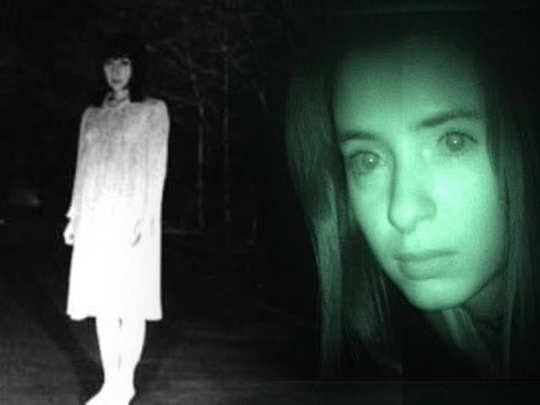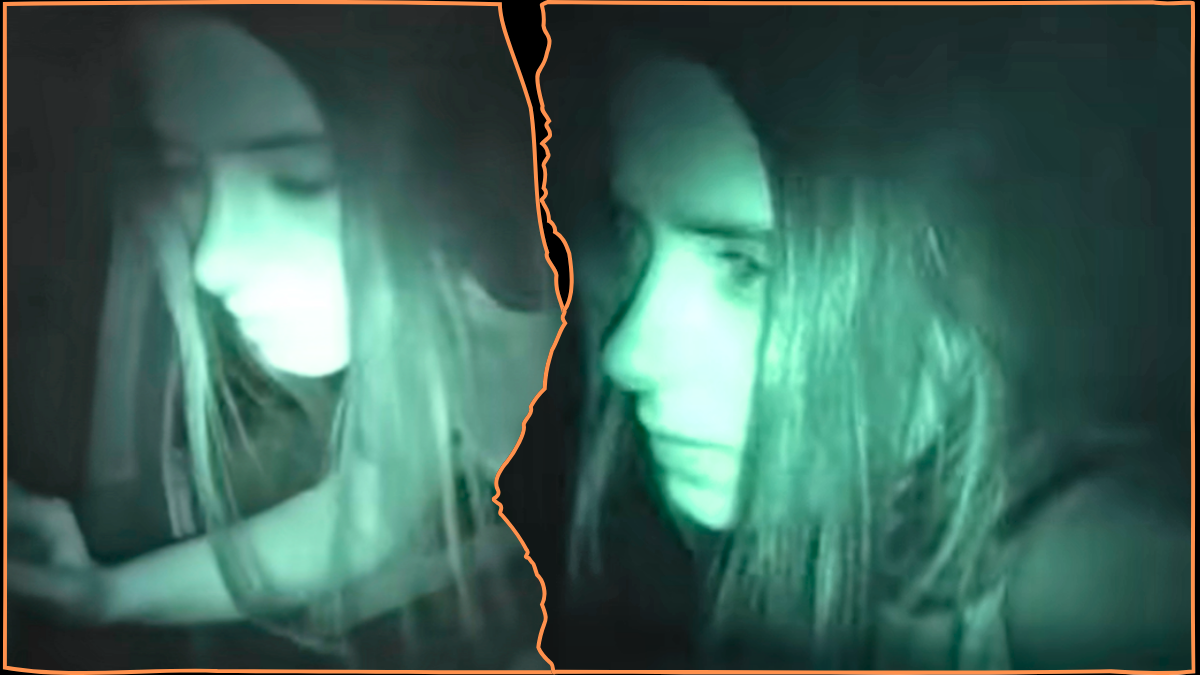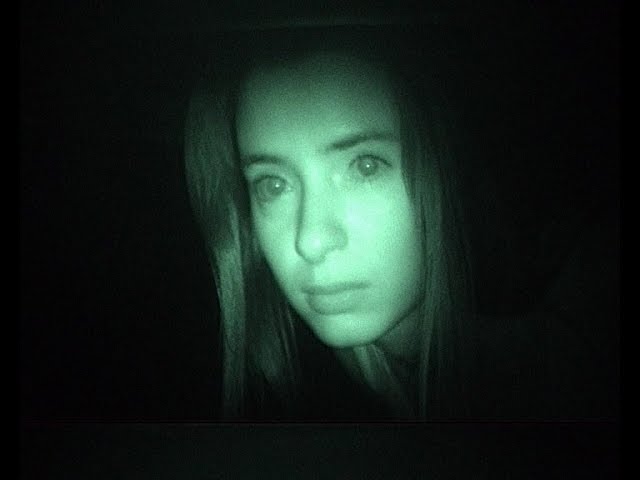The story of Teresa Fidalgo has intrigued and mystified people around the globe, becoming a modern-day legend entwined with the fabric of internet lore. As with many tales that find their roots in the shadowy corners of popular culture, the story of Teresa Fidalgo combines elements of truth, fiction, and unexplained phenomena, leading to a mosaic of beliefs and interpretations. This article aims to delve into this enigmatic tale’s origins, developments, and impacts, unraveling the layers to uncover the truth behind Teresa Fidalgo.
The Genesis of the Teresa Fidalgo Story
The story of Teresa Fidalgo, often likened to the classic ‘White Lady’ ghost stories found in numerous cultures, originated in Portugal. According to the tale, Teresa was a young woman who died in a tragic car accident in the 1980s near Sentra, Portugal. The legend gained momentum when a purportedly real video depicting a group of friends encountering a mysterious hitchhiker, who later reveals herself as Teresa Fidalgo, went viral on the internet. In the video, after Teresa points to a spot on the road, claiming it to be where she died, the car crashes, supposedly leaving no survivors.
The Blend of Reality and Fiction
The gripping aspect of the Teresa Fidalgo story lies in its blending of fiction with elements that many viewers perceived as accurate. The video was, in fact, a clip from a Portuguese short film titled “A Curva” directed by David Rebordão. This blending of fiction with reality is a common technique in found-footage films, but in the case of Teresa Fidalgo, it led to widespread belief in the existence of this ghostly figure. The realistic portrayal in “A Curva” fed into the appetite for paranormal stories, blurring the lines between fact and fiction for many.
The Cultural Impact and Spread
Teresa Fidalgo’s story quickly transcended its origins, becoming a part of the global ghost story canon. It tapped into the universal appeal of ghost stories and urban legends, often serving as modern folklore. Like many before, this tale was shared around campfires, in online forums, and through social media, evolving with each retelling. Its simplicity and the universal fear of the unknown and unexplained phenomena facilitated the story’s spread.

The Role of Social Media in Propagating the Legend
The rise of social media played a pivotal role in disseminating the Teresa Fidalgo story. Platforms like YouTube, Facebook, and Twitter became hotbeds for sharing the video and discussing its authenticity. The phenomenon showcased the power of digital media in the 21st century, where a story, irrespective of its factual accuracy, could achieve global recognition and discussion. This case study exemplifies how folklore and urban legends have adapted to the digital age, finding new life in the virtual world.
Psychological Perspectives: Why We Believe
Despite its fictional roots, the widespread belief in the Teresa Fidalgo story opens up questions about why people are drawn to and believe in supernatural tales. Psychologists point to several factors, such as the thrill of fear, the appeal of the unknown, and the human tendency to find patterns and meaning in random events. Ghost stories like that of Teresa Fidalgo satisfy a primal craving for storytelling and exploration of the unknown realms of death and the afterlife.
The Power of Shared Beliefs in Communities
The Teresa Fidalgo story also demonstrates the power of shared beliefs in shaping community narratives. When a large group of people begins to share in a belief or narrative, it gains a certain legitimacy and life of its own. This phenomenon is evident in how the story of Teresa has been embedded in specific communities as a cautionary tale or as an example of the supernatural. Such shared beliefs reinforce the narrative and contribute to a sense of community identity and experience.
Debunking and Rational Explanations
As with most urban legends, there have been numerous attempts to debunk the Teresa Fidalgo story. Skeptics and rationalists point to the lack of evidence of Teresa’s existence or her supposed accident. They highlight that the story follows a typical pattern of ghost legends, which often lack concrete evidence but are rich in narrative appeal. Moreover, the confession by the filmmaker David Rebordão about “A Curva” being a work of fiction further strengthens the rationalist perspective. However, despite these debunking efforts, the tale continues to persist, showcasing the enduring power of storytelling and myth over factual accuracy.
The Influence of Folklore and Mythology
The endurance of the Teresa Fidalgo story can also be attributed to its roots in traditional folklore and mythology. Across cultures, stories of ghosts and spirits like the White Lady are prevalent, indicating a universal fascination with the afterlife and the supernatural. These stories often serve a purpose beyond mere entertainment; they function as cautionary tales, moral lessons, or means to explain the unexplainable. Teresa Fidalgo’s tale fits neatly into this age-old tradition of ghost stories, ensuring its longevity and continued relevance.
The Evolution of the Teresa Fidalgo Narrative
Over the years, the narrative of Teresa Fidalgo has evolved, adapting to the changing landscape of media and public consciousness. Initially circulated as a mysterious and somewhat ambiguous story, it has since been embellished and altered in various retellings. Each version adds new layers to Teresa’s story, demonstrating the fluid nature of folklore. This evolution reflects how digital platforms can accelerate and diversify the growth of urban legends, allowing them to spread and morph at a pace previously unseen in traditional folklore.
Impact on Local Communities and Tourism
Interestingly, the Teresa Fidalgo legend has had a tangible impact on the local areas associated with the story, particularly in Portugal. These places have experienced a mix of curiosity-driven tourism and, in some cases, unease among the local populace. The legend has brought a certain notoriety to specific locations, drawing in those fascinated by the paranormal, like ghost hunters seeking captured orbs (what are orbs?) or other mysterious occurrences. This phenomenon underscores how folklore can influence real-world locations, infusing them with a narrative that transcends their physical reality.
Comparison with Other Global Ghost Legends
Teresa Fidalgo’s story finds parallels in numerous other ghost legends across the world. From the vanishing hitchhiker in the United States to the legend of the White Lady in various European countries, these tales share core elements with Teresa’s story. A comparative study of these legends reveals common themes and motifs, such as tragic death, unresolved issues from life, and mysterious appearances. This universality suggests humans’ more profound, perhaps psychological, connection with these stories, transcending cultural and geographic boundaries.

The Legal and Ethical Implications
The widespread belief in the Teresa Fidalgo story raises essential legal and ethical questions, particularly concerning the spread of misinformation. The creators of the original video faced criticism for not clearly stating its fictional nature, leading some to believe in its authenticity. This situation highlights the responsibility of content creators in an age where digital media can rapidly disseminate information. It also underscores the need for media literacy among the public to discern between fact and fiction in the digital age.
Technological Advancements and Future Folklore
The role of technology in shaping and spreading the Teresa Fidalgo story is a precursor to how future folklore might evolve. With advancements in augmented reality (AR), virtual reality (VR), and deepfake technologies, the line between reality and fiction could become even more blurred. Future folklore might not just be told but experienced in immersive ways, challenging our perceptions and understanding of what constitutes a ‘true’ story.
Personal and Societal Reflections
Lastly, the Teresa Fidalgo tale, in its essence, prompts personal and societal reflection. It challenges individuals to question their beliefs and the reasons behind their fascination with the supernatural. On a societal level, it reflects collective fears, hopes, and the innate desire to understand life and death. As a mirror to society’s collective psyche, stories like Teresa Fidalgo’s serve as more than mere entertainment; they are a gateway to understanding more profound human experiences and emotions.
The Legacy of Teresa Fidalgo
Though rooted in a fictional narrative, Teresa Fidalgo’s legend has left a lasting impact on contemporary folklore and internet culture. It is a case study of how modern technology can breathe new life into traditional storytelling, combining old and new myth-making. The story also highlights the human inclination towards the mystical and unexplained, a trait that has persisted through the ages and continues to find expression in modern media.
A Reflection of Societal Fears and Anxieties
Finally, the story of Teresa Fidalgo can be seen as a reflection of societal fears and anxieties. Ghost stories often mirror the concerns of the society in which they are told, whether it be fear of the unknown, anxiety about death, or unease about technology (in this case, the role of video and the internet in blurring the lines between reality and fiction). Teresa Fidalgo’s tale, thus, is not just a story about a ghostly hitchhiker but also a narrative that encapsulates contemporary fears and the timeless human quest to understand the mysterious aspects of our existence.
In conclusion, the tale of Teresa Fidalgo, while shrouded in mystery and ambiguity, offers more than just a ghost story. It is a mosaic of cultural, psychological, and technological elements that reflect the complex nature of human belief, storytelling, and the eternal fascination with the world beyond our understanding. Whether viewed as a simple piece of internet folklore or as a deeper narrative with cultural significance, the story of Teresa Fidalgo remains a fascinating example of the power of legends in the modern world.

